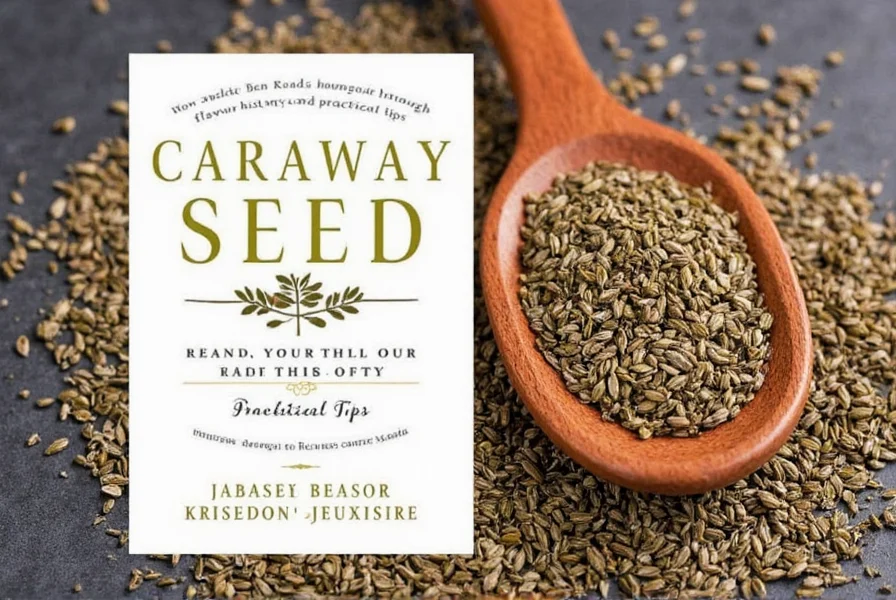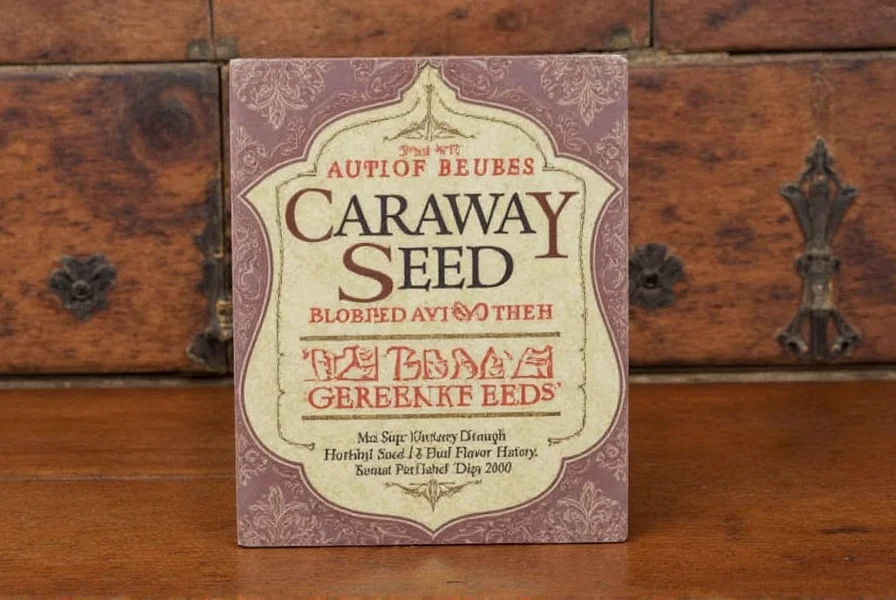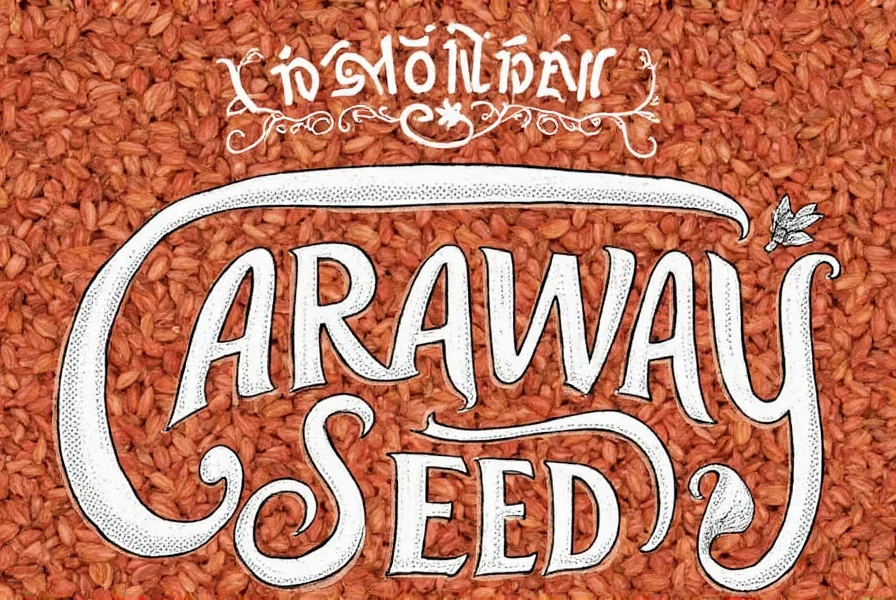Table of Contents
How to Use Caraway Seeds
Caraway seeds are a versatile spice used in a wide range of dishes from European breads to Indian curries. They add earthy, slightly sweet notes to savory and sweet recipes. Here's how to use them effectively:
- Breads: Essential in German rye bread, Scandinavian loaves, and Irish soda bread
- Sauerkraut: Traditional addition to German-style fermented cabbage
- Stews & Soups: Adds depth to beef stews, goulash, and potato soup
- Pickling: Key ingredient in pickled cucumbers and beets
- Desserts: Works in apple pies, cakes, and cookies for subtle spice
- Meat Rubs: Complements pork, lamb, and sausage seasonings

Flavor Profile & Pairing Guide
Caraway has a warm, earthy flavor with subtle citrus notes and mild licorice undertones. It's less sweet than fennel and more complex than anise. Here's how to pair it:
| Spice | Flavor Notes | Best Pairings |
|---|---|---|
| Caraway Seed | Earthy, nutty, slightly sweet with citrus notes | Rye bread, sauerkraut, pork, potatoes, cabbage |
| Fennel Seed | Sweet, pronounced licorice | Italian sausages, seafood, tomato sauces |
| Anise Seed | Strong licorice, sweet | Desserts, liqueurs, fruit compotes |
Step-by-Step Cooking Techniques
Follow these practical methods to maximize caraway's flavor in your dishes:
- Toasting: Heat dry skillet over medium heat. Add seeds and toast 1-2 minutes until fragrant, shaking pan constantly. Perfect for adding to stews or bread dough.
- Bread Baking: For rye bread, mix 1-2 tsp ground caraway per 3 cups flour. For seeded loaves, sprinkle whole seeds on top before baking.
- Sauerkraut: Add 1 tsp whole seeds per 2 lbs cabbage during fermentation for authentic flavor.
- Meat Rubs: Combine 1 tbsp caraway with 1 tbsp paprika, 1 tsp garlic powder, and 1 tsp salt for pork or lamb rubs.
- Pickling: Add 1 tsp whole seeds per quart of brine for cucumbers or beets. Store in jars for 2 weeks before eating.
- Desserts: Add 1/2 tsp ground caraway to apple pie filling for a unique twist on classic recipes.

Cultural & Historical Uses
Caraway has been used since ancient times. Archaeologists found caraway seeds in Bronze Age settlements in Europe. It was commonly used in medieval Europe for digestive aid and flavoring. Today it remains essential in:
- German cuisine: Rye bread, sauerkraut, and potato dishes
- Scandinavian traditions: Rye breads and cheese (like Gruyère)
- Eastern European cooking: Polish kielbasa and Czech dumplings
- Indian curries: Used in some regional spice blends for depth

Buying & Storage Guide
Choose quality caraway seeds with these tips:
- Whole vs Ground: Whole seeds retain flavor longer (1-2 years). Ground loses potency in 6 months.
- Storage: Keep in airtight container away from light and heat. Refrigerate for maximum freshness.
- Substitutes: Fennel seeds (use 3/4 amount) for similar licorice notes. Dill seeds work in savory dishes but lack sweetness.
Frequently Asked Questions
What exactly is caraway seed?
Caraway seeds are the dried fruits of the Carum carvi plant, part of the parsley family. They're crescent-shaped with a brown color and distinct aroma.
How do I use caraway seeds in bread?
For rye bread, mix 1-2 tsp ground caraway per 3 cups flour. For seeded loaves, sprinkle whole seeds on top before baking. Toasting seeds first enhances flavor.
Can I substitute caraway in sauerkraut?
Yes, but it will change the flavor. Fennel seeds work as a substitute but have stronger licorice notes. Without caraway, sauerkraut will lack traditional depth.
What dishes pair best with caraway?
Caraway shines in rye bread, sauerkraut, pork dishes, potato soups, and cabbage-based recipes. It also works in apple desserts and some Indian curries.
How long do caraway seeds stay fresh?
Whole seeds retain flavor for 1-2 years in airtight containers. Ground caraway loses potency in 6 months. Refrigeration extends shelf life.










 浙公网安备
33010002000092号
浙公网安备
33010002000092号 浙B2-20120091-4
浙B2-20120091-4